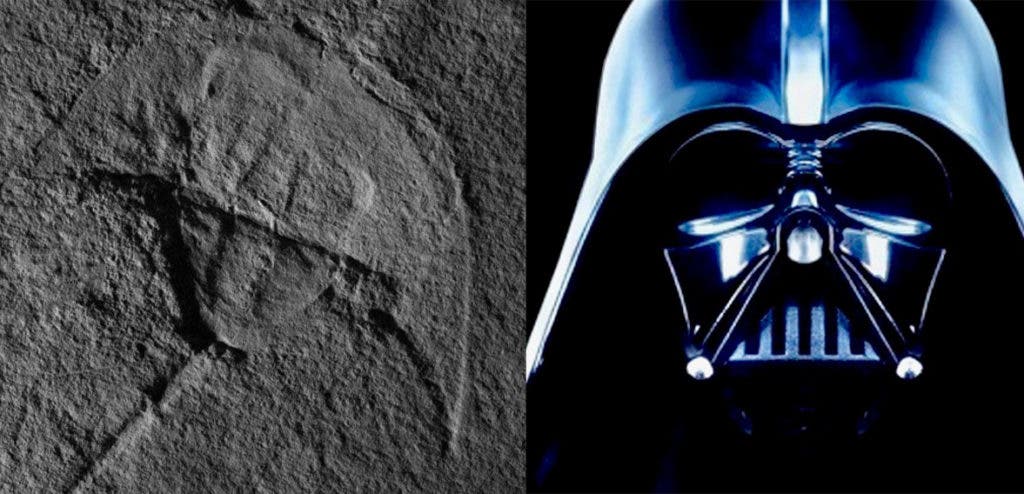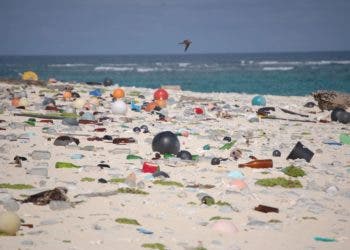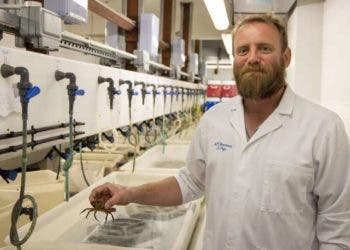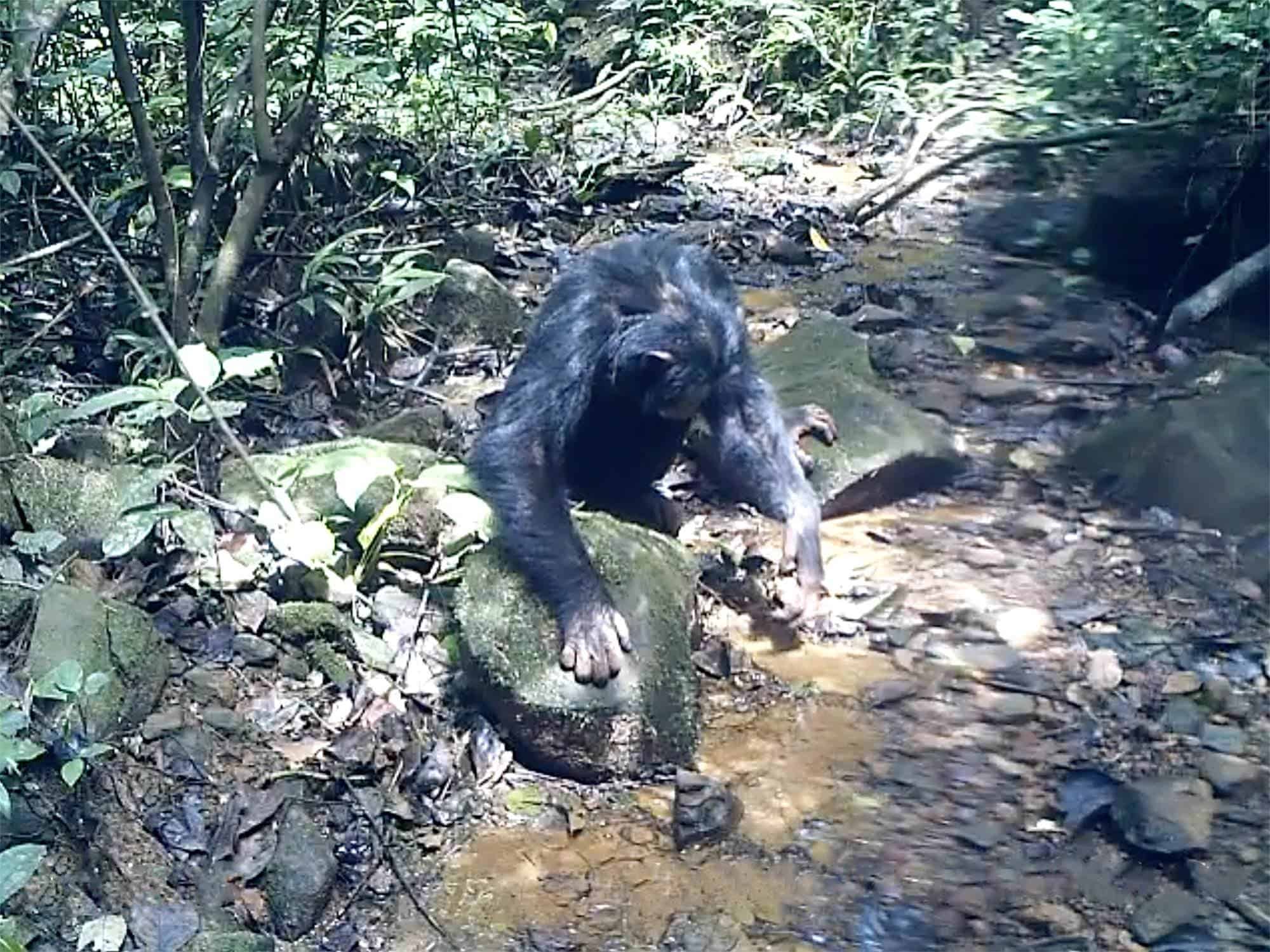
The force is strong with this one. Paleontologists have discovered an ancient horseshoe crab species that bears an uncanny resemblance to a famous Sith lord. Aptly called Vaderlimulus tricki, this horseshoe crab is so old that dinosaurs and mammals weren’t even a ‘work in progress’ during its day. You could say this thick-headed arthropod was their father.
Horseshoe crabs are amazing animals. The earliest evidence of such creatures dates to a staggering 470 million years ago. Just so you can get an idea of how old these critters are, trees, as we familiarly know them today — a primary trunk, large height, a crown of leaves or fronds — didn’t appear on the planet until the late Devonian period, some 360 million years ago.
Amazingly, there are four species of horseshoe crabs still alive today. They haven’t changed in the last couple millions of years, which is why we call them living fossils. Another strange thing about them is that the crabs’ blood is a bright blue instead of the familiar red for vertebrates, since the arthropods use copper-based hemocyanin to transport oxygen instead of iron-based, red hemoglobin
A lot of people don’t know this but horseshoe crabs save millions of people every year. Instead of white blood cells that fight infections in our bodies, many invertebrates like the Atlantic horseshoe crab (Limulus polyphemus) employ amebocytes. A horseshoe crab’s amebocytes coagulate only one part per trillion of a bacterial contamination. The reaction also takes only 45 minutes instead of the typical two days in the mammalian equivalents. The chemical that enables this speedy coagulation is called — you’ve guessed it — coagulan, and it’s extremely important for testing medical equipment and vaccines. Without horseshoe crab-sourced amebocytes, many people would die from infections.
Vaderlimulus tricki might not save lives like modern horseshoe crabs, but its presence looks like it caused a disturbance in the crab’s lineage. At least as far as appearance goes.
“Vaderlimulus, (unlike modern horseshoe crabs) has unusual body proportions that give it an odd appearance,” said lead author Allan J. Lerner from the New Mexico Museum, in a statement.
The ancient crab was found in Idaho, buried in rocks dated to around 245 million years old, which corresponds to the first period of the Mesozoic era, the Triassic. It belonged to the now extinct Austrolimulidae family, which included members that ventured beyond marine environments, expanding into freshwater ecosystems as well. This leap of faith might explain the bizarre appearance of Vaderlimulus tricki and its cousins, which had to adapt to new conditions.
Vaderlimulus tricki isn’t the only species, extinct or otherwise, named after Darth Vader. In 2003, Fernando Fernández dubbed a Colombian ant Adelomyrmex vaderi, perhaps because, like Vader, it towers over others of its kind, being one of the largest ants in its genus. The Dark Lord of the Sith lends his name to the Australian mite Darthvaderum greensladeae, named in 1996 by G.S. Hunt. Thricops vaderi is a species of housefly named by Jade Savage in 2003. Yes, entomologists seem particularly fond of Darth Vader. At least there’s a jellyfish named after Vader, too. Bathykorus bouilloni, where Bathykorus is Greek for “deep helmet”, sets itself apart by its tentacles, which are the biological equivalent of lightsabers.
Findings appeared in the journal Neues Jahrbuch für Geologie und Paläontologie.






